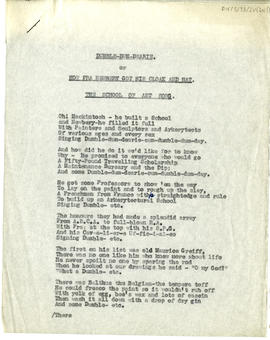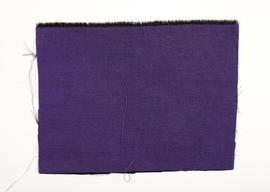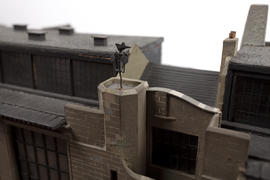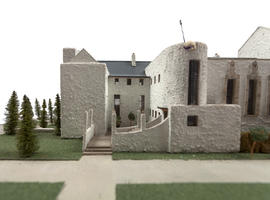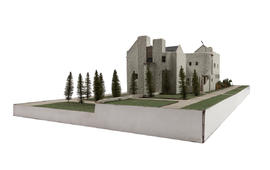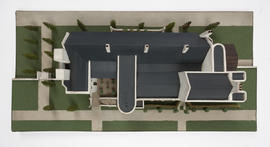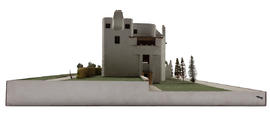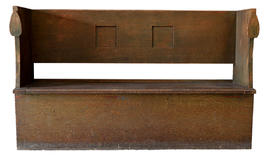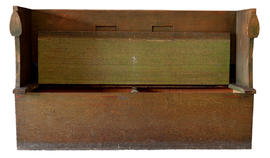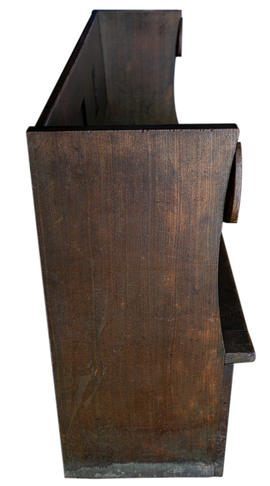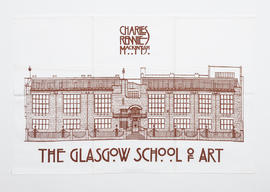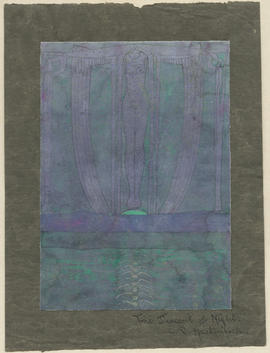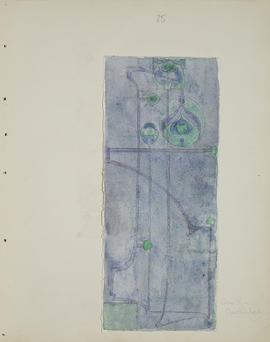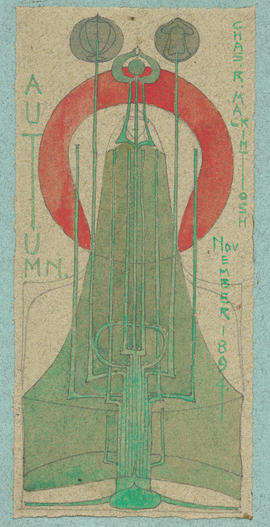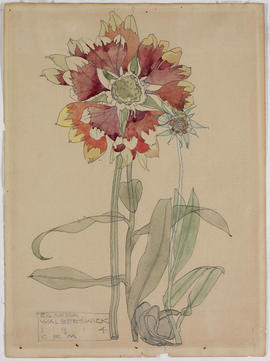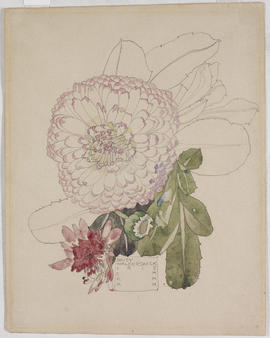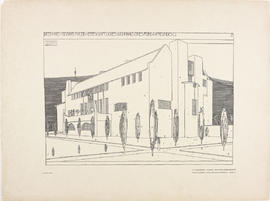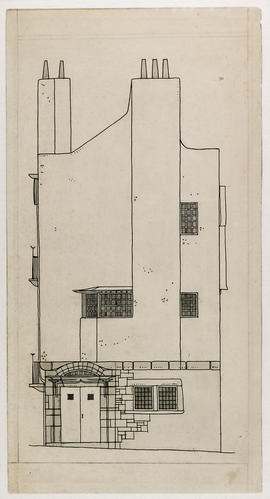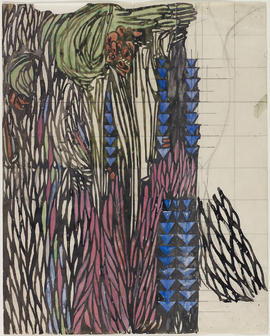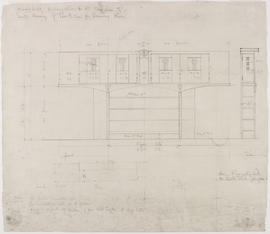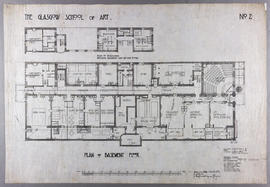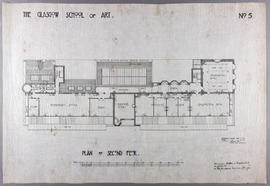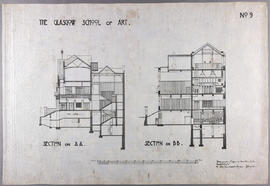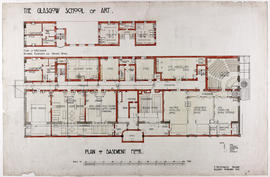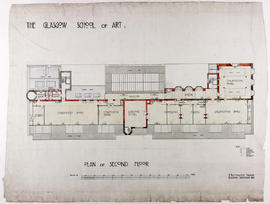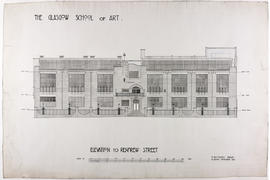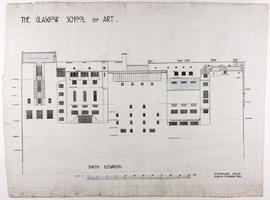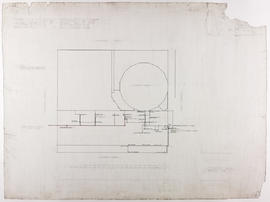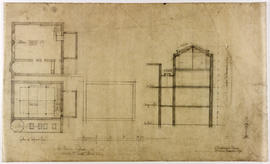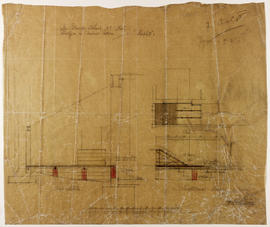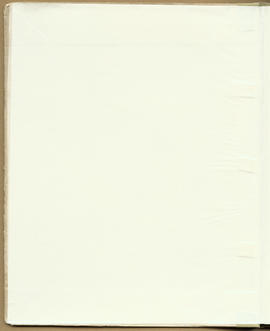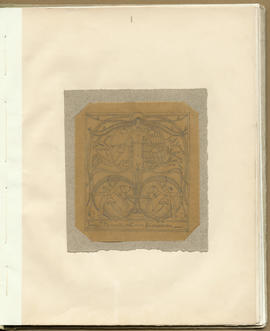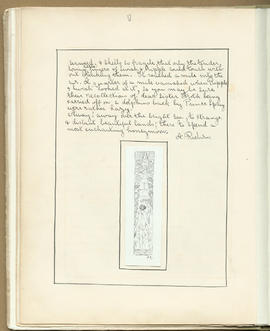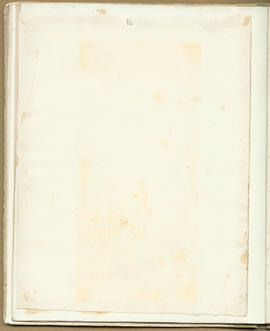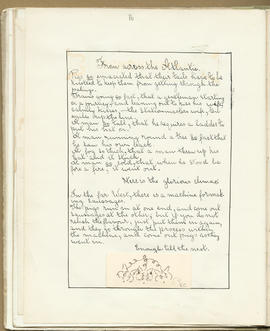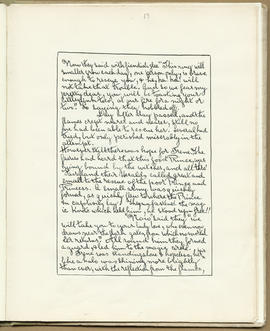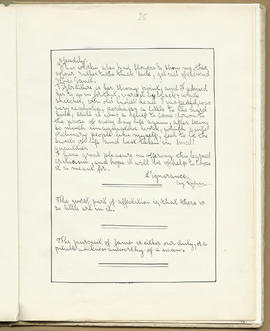Materials relating to Francis Newbery
- GSAA/DIR/5/38/8
- Folder
- 1901-1996
Part of Records of The Glasgow School of Art, Glasgow, Scotland
Various papers and documents relating to Francis Newbery, including articles written by and about him, possibly related to the exhibition 'Fra H Newbery, Artist and Art Educationist, 1855-1946', held at The Glasgow School of Art, 29 Jul 1996-30 Aug 1996, curated by George Rawson. File includes: postcard of ‘The Paisley Shawl’, a painting by Francis Newbery c1910; printed image with description hand-written on back which reads ‘caricature of F H Newbery by Hugh Munro – in “St Mungo” 1897’; photocopy of article by Francis Newbery titled ‘Art Education’ and labelled ‘article by Fra Newbery, BA meeting Glasgow 1901’, about art education in Glasgow with particular focus on The Glasgow School of Art; typed copies of song titled ‘Dumble-Dum-Dearie or How Fra Newbery Got His Cloak and Hat; The School of Art Song’, unauthored, likely related to Newbery’s retirement [1916] (3 copies); typed page with biographical information regarding Francis Newbery’s artistic and educational career titled ‘Who’s Who In Glasgow In 1909’, unauthored and undated; typed page titled ‘Francis Henry Newbery 1853-1946’ with a biography of Newbery’s life and career from birth to death, focused on Newbery’s connection to Bridport in Dorset, unauthored and undated but likely related to and written by someone associated with Bridport; typed copy of a text titled ‘Francis Henry Newbery (1853-1946)’, possibly a draft of a catalogue published to accompany the exhibition 'Fra H Newbery, Artist and Art Educationist, 1855-1946', The Glasgow School of Art, 29 Jul-30 Aug 1996, written by George Rawson (2 copies); photocopy of article titled ‘Francis Newbery and the Glasgow Style’ by Isobel Spencer (now Isobel Johnstone) for Apollo Magazine, Oct 1973.
Newbery, Francis Henry

